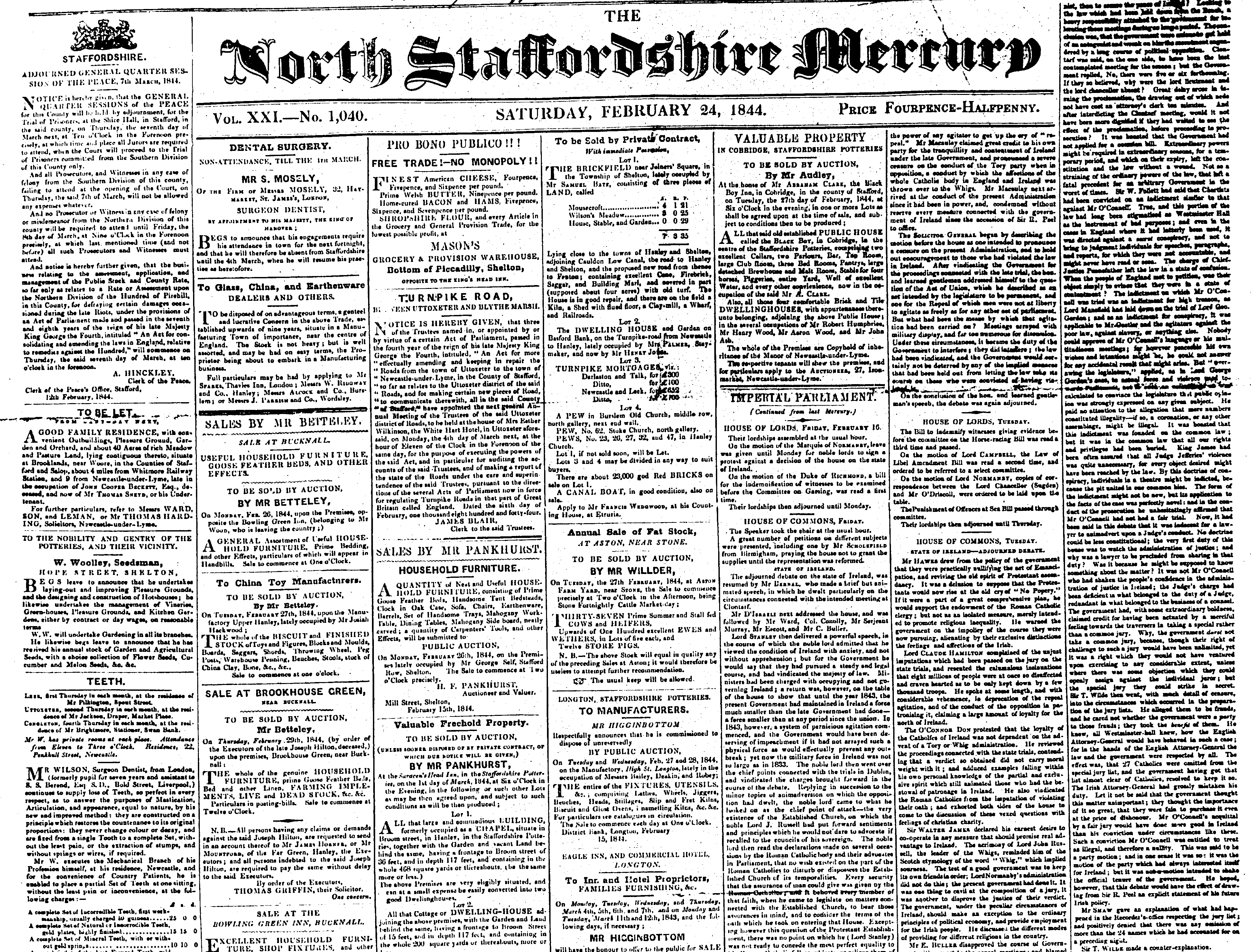pub 18 The Rawlinson Report – sanitation conditions of Stoke-upon Trent 1850.
£6.00The Rawlinson Report – sanitation conditions of Stoke-upon Trent 1850. Little is known of this report therefore as a result the information contained within has remained almost hidden away and yet it is the most important eighty-five-page report into the sewage, drainage, supply of water and the sanitary conditions of the inhabitants of the Potteries.
Within this document there are summaries of mortality in five towns of the potteries from 1839 to 1848. It also includes population statistics as well as calculations between male and female. But the reports continue with how much is pain in out-relief per week to the poor and other reports.
Each of the five towns have a separate report on its health, graveyards, poor law expenditure by district, water supply, drainage, sewage, slaughterhouses, outside privies etc. by Mr. Rawlinson but with it he lists reports from many important residents including Doctors on the consequences to the health with killer diseases in the water and poor sanitation. My view is that this report is a snapshot of the pottery towns for the 1840’s and it does make an excellent read of actual life in the potteries in the 1840s.
This document is a perfect item to analyse, to debate and to draw conclusions from and certainly an extraordinary piece of work for 6th form colleges, university students, as well as local history classes. This is probably the most informative documents every published as to the state of the potteries in 1850.
Eighty-five pages






